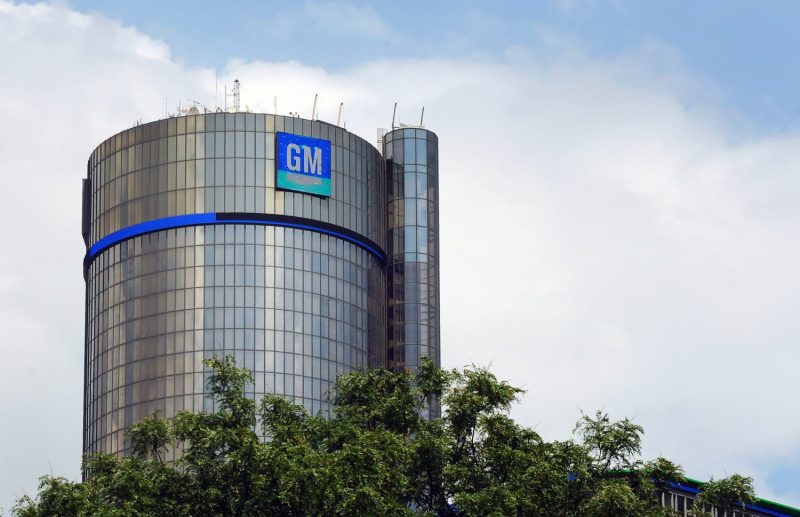
Corporate Shake-Up: GM Cuts 1,000 Jobs in Bold Restructuring Move
In recent years, the automotive industry has seen its fair share of challenges and changes, and General Motors (GM) is one of the major players that has been navigating through this evolving landscape. The company recently announced a significant reorganization and cost-cutting initiative that resulted in the layoff of 1,000 employees. This move has sparked discussions and debates within the industry and among stakeholders.
One of the key drivers behind GM’s decision to lay off employees is the need to streamline operations and cut costs in response to changing market conditions. The automotive industry is facing disruptions from various fronts, including shifting consumer preferences, the rise of electric vehicles, and global economic uncertainties. In order to stay competitive and ensure long-term sustainability, companies like GM need to adapt to these challenges by restructuring their operations and optimizing their cost structures.
It is important to note that layoffs are not uncommon in the automotive industry, especially during times of reorganization and restructuring. Companies often need to make tough decisions to realign their resources and focus on core areas of their business. While layoffs can have negative implications for the affected employees and their families, they are sometimes necessary for a company’s survival and future growth.
GM’s move to lay off 1,000 employees is part of a broader strategy to restructure its workforce and reallocate resources to key strategic areas. The company has been investing heavily in future technologies such as electric and autonomous vehicles, as well as exploring new business models like mobility services. By restructuring its operations and cutting costs, GM aims to free up resources to support these initiatives and position itself for long-term success in a rapidly changing industry.
Despite the immediate impact of these layoffs, GM has also emphasized its commitment to supporting its employees through this transition. The company has offered severance packages and outplacement services to help affected employees find new opportunities. Additionally, GM has stated that it remains focused on creating a diverse and inclusive workplace that fosters innovation and growth.
In conclusion, GM’s decision to lay off 1,000 employees amid reorganization and cost-cutting reflects the ongoing challenges and transformations in the automotive industry. While layoffs are never easy, they are sometimes necessary for companies to adapt to changing market dynamics and ensure their competitiveness in the long run. By focusing on strategic initiatives and investing in future technologies, GM aims to position itself for success and sustain its leadership in the ever-evolving automotive landscape.
